Odds ratio (OR) and risk ratio (RR) are two commonly used measures of association reported in research studies In crosssectional studies, the odds ratio is also referred to as the prevalence odds ratio (POR) when prevalent cases are included, and, instead of the RR, the prevalence ratio (PR) is calculatedPortantly, we see that the odds ratio is close to the relative risk if probabilities of the outcome are small (Davies et al, 1998) And it is this fact that enables us, most of the time, to approximate the relative risk with the odds ratio Table 5 below illustrates the relationship between RR and OR for some probabilities of the outcomeOne reason is that usually we do not have data on the entire population and must use random sampling

What Does An Odds Ratio Or Relative Risk Mean
Odds ratio vs relative risk interpretation
Odds ratio vs relative risk interpretation-Odds Ratio (OR) is a ratio or proportion of odds I just remember that odds ratio is a ratio of odds and probability isn't a ratio of odds (AKA it is the other option) Relative Risk = Probability / Probability Odds Ratio = Odds / Odds Now that you have a general idea of what odds ratio and relative risk are you need to know when to useThus, the denominators in the relative risk and odds ratio are almost the same (and ) Relative risk is easier to understand than the odds ratio, so why use the odds ratio?




Definition And Calculation Of Odds Ratio Relative Risk Stomp On Step1
The Relative Risk Ratio and Odds Ratio are both used to measure the medical effect of a treatment or variable to which people are exposed The effect could be beneficial (from a therapy) or harmful (from a hazard) Risk is the number of those having the outcome of interest (death, infection, illness, etc) divided by the total number exposed to the treatmentSelfstudy oddsratio epidemiology relativerisk riskdifferenceSometimes, we see the log odds ratio instead of the odds ratio The log OR comparing women to men is log(144) = 036 The log OR comparing men to women is log(069) = 036 log OR >
Odds Ratios vs Risk Ratios Posted on by StatsBySlough From the previous post, we understand that Odds Ratios (OR) and Risk Ratios (RR) can sometimes, but not always be interpreted in the same way We even saw that scientific studies made the mistake of interpreting odds ratios as risk ratiosWhen the outcome is not rare in the population, if the odds ratio is used to estimate the relative risk it will overstate the effect of the treatment on the outcome measure The odds ratio will be greater than the relative risk if the relative risk is greater than one and less than the relative risk otherwiseWhen the disease is rare, the odds ratio will be a very good approximation of the relative risk The more common the disease, the larger is the gap between odds ratio and relative risk In our example above, p wine and p no_wine were 0009 and 0012 respectively, so the odds ratio was a good approximation of the relative risk OR = 0752 and RR = 075
The ratio of these is the risk ratio, a relative measure of association Risk Ratio = CI e /CI u = 090/058 = 155 Interpretation Smokers had 155 times the risk of respiratory disease compared to nonsmokers over an 18 year period of observation Using the same cumulative incidences we can calculate the risk difference, an absolute measureThe basic difference is that the odds ratio is a ratio of two odds (yep, it's that obvious) whereas the relative risk is a ratio of two probabilities (The relative risk is also called the risk ratio) Let's look at an example Relative Risk/Risk Ratio Suppose you have a school that wants to test out a new tutoring programA crude odds ratio can be converted to a crude risk ratio risk ratio = odds ratio/(1 − p0) (p0 ×




Relative Risk And Odds Ratio Usmle The Journey
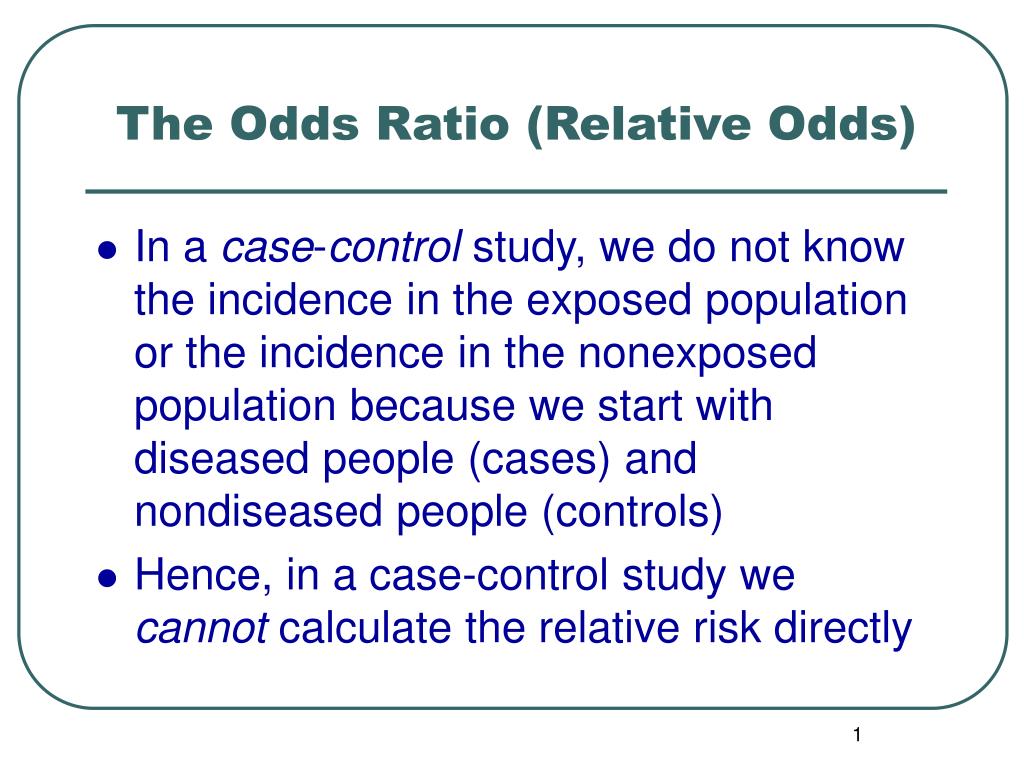



Ppt The Odds Ratio Relative Odds Powerpoint Presentation Free Download Id 6056
Relative risk (RR) is the risk of an event (or of developing a disease) relative to exposure Relative risk is a ratio of the probability of the event occurring in the exposed group versus a nonRelative Risk and Odds Ratio for the obese 3) Overall, you can see that decreasing the baseline incidence will decrease the odds ratio (300 in those who are nonobese versus 129 in those who are obese) Obviously, these results run counter to expected results, putting the onus on the researcher to justify them Similarly, you should findOr, is there any condition to use the measures?




When Can Odds Ratios Mislead The Bmj




Statistical Notes For Clinical Researchers Risk Difference Risk Ratio And Odds Ratio
Odds ratio vs relative risk Odds ratios and relative risks are interpreted in much the same way and if and are much less than and then the odds ratio will be almost the same as the relative risk In some sense the relative risk is a more intuitive measure of effect sizeYou may have noticed that the odds ratio and relative risk are very similar in this case This happens when the proportions being compared are both close to 0 Which one you decide to use is a matter of personal preference and perhaps your audienceRelative risk, Risk difference and Odds ratio When the data to be analyzed consist of counts in a crossclassification of two groups (or conditions) and two outcomes, the data can be represented in a fourfold table as follows Several statistics can be calculated such as relative risk and risk difference, relevant in prospective studies, and




Against All Odds Improving The Understanding Of Risk Reporting British Journal Of General Practice




Understanding Relative Risk Odds Ratio And Related Terms As Simple As It Can Get Psychiatrist Com
The quote surely just means to say that the odds ratio is a relative risk measure rather than an estimate of the relative risk, which as already point out is only approximately the case in cohort studies/randomized trials for very low proportions By relative risk measure I mean something that is given relative to some comparison group in a way that the absolute difference depends on theRisk Ratio vs Odds Ratio Whereas RR can be interpreted in a straightforward way, OR can not A RR of 3 means the risk of an outcome is increased threefold A RR of 05 means the risk is cut in half But an OR of 3 doesn't mean the risk is threefold;We can define the following terms The odds ratio (OR) is the ratio of the odds of cancer in smokers to the odds of cancer in nonsmokers OR = (a/b)/ (c/d) = (ad)/ (bc) The risk ratio (RR), also called the relative risk, is the ratio of the probability of cancer in smokers to the probability of cancer in nonsmokers



Research Statistics Basics Contents 1 Basic Concepts 2 References Basic Concepts Null Hypothesis The Hypothesis That The Independent Variable Has No Effect On The Dependent Variable For Example Steroids Do Not Improve Outcomes In Ards Would Be




Odds Ratio Relative Risk Ppt Powerpoint Presentation Model Example Cpb Presentation Graphics Presentation Powerpoint Example Slide Templates
Rather the odds is threefold greater Interpretation of an OR must be in terms of odds, notThe homemade video abstract on the BMJ website shows you the difference between odds and risk, and how one odds ratio can mean several different relative risks (RRs), depending on the risk in one of the groups Unfortunately, in some situations, you just have to get an OR, notably logistic regression and retrospective casecontrol studiesThe relative risk (also known as risk ratio RR) is the ratio of risk of an event in one group (eg, exposed group) versus the risk of the event in the other group (eg, nonexposed group) The odds ratio (OR) is the ratio of odds of an event in one group versus the odds of
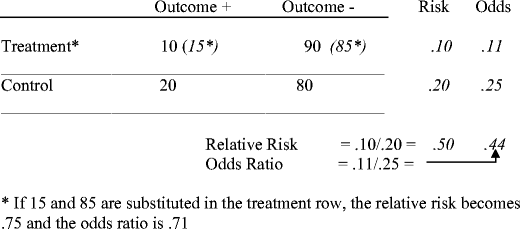



Tips For Teachers Of Evidence Based Medicine Understanding Odds Ratios And Their Relationship To Risk Ratios Springerlink




Relative Risk Or Odds Ratio For Cardiovascular Disease Incidence Download Scientific Diagram
Odds ratio), in which p0 is the outcome prevalence (risk) among the unexposed Some have applied this formula to an adjusted odds ratio to obtain an adjusted risk ratio 49 This method can produce biased risk ratios and incorrect confidenceOdds ratio = (A*D) / (B*C) The relative risk tells us the ratio of the probability of an event occurring in a treatment group to the probability of an event occurring in a control group It is calculated as Relative risk = A/ (AB) / C/ (CD) In short, here's the difference An odds ratio is a ratio of two oddsFor more common outcomes, the odds ratio always overstates the relative risk, sometimes dramatically




Probability Odds Ratio And Relative Risk Gpraj
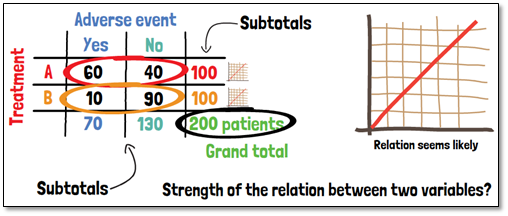



What Are Cross Tables Odds Ratio And The Relative Risk Gcp Service
RELATIVE RISK AND ODDS RATIO An RR (or OR) more than 10 indicates an increase in risk (or odds) among the exposed compared to the unexposed, whereas a RR (or OR) <10 indicates a decrease in risk (or odds) in the exposed groupThe relative risk is different from the odds ratio, although the odds ratio asymptotically approaches the relative risk for small probabilities of outcomesIf IE is substantially smaller than IN, then IE/(IE IN) IE/IN Similarly, if CE is much smaller than CN, then CE/(CN CE) CE/CN Thus, under the rare disease assumption = () () = In practice the odds ratio is commonly used forODDS RATIOS and relative risks are commonly used to express results in clinical studies The results of cohort studies and casecontrol studies are best expressed as relative risks and odds ratios, respectively The use and interpretation of




Figure 2 X 2 Table With Statpearls Ncbi Bookshelf




1 The Odds Ratio Relative Odds In A Case Control Study We Do Not Know The Incidence In The Exposed Population Or The Incidence In The Nonexposed Population Ppt Download
Even with initial risks as high as 50% and very large reductions in this risk (odds ratios of about 01), the odds ratio is only 50% smaller than the relative risk (01 for the odds ratio compared with a true value for the relative risk of 02)A risk ratio of 10 indicates identical risk among the two groups A risk ratio greater than 10 indicates an increased risk for the group in the numerator, usually the exposed group A risk ratio less than 10 indicates a decreased risk for the exposed group, indicating that perhaps exposure actually protects against disease occurrenceOdds ratios While risk reports the number of events of interest in relation to the total number of trials, odds report the number of events of interest in relation to the number of events not of interest Stated differently, it reports the number of events to nonevents



College Statistics Sas Interpretation Relative Risk Odds Ratio Homeworkhelp




Odds Ratio Vs Relative Risk What S The Difference Statology
In a control group The odds ratio (OR) is the odds of an event in an experimental group relative to that in a control group An RR or OR of 100 indicates that the risk is comparable in the two groups A value greater than 100 indicates increased risk;Both the odds ratio and the relative risk compare the relative likelihood of an event occurring between two groups The relative risk is easier to interpret and is consistent with general intuition Some designs, however, allow only for the calculation of the odds ration Covariate adjustment is easier for an odds ratioRELATIVE RISK AND ODDS RATIO Risk and Odds just seemed the same to me for a long time Since then, I have come to understand to important difference Lets start with Relative Risk Relative Risk can be addressed by asking the following question How many times more likely is an exposed group to develop a




Pdf When To Use The Odds Ratio Or The Relative Risk Semantic Scholar




Wasp Write A Scientific Paper Using Excel 12 Odds Ratio And Relative Risk Sciencedirect
Risk Ratio For the study examining wound infections after incidental appendectomy, the risk of wound infection in each exposure group is estimated from the cumulative incidence The relative risk (or risk ratio) is an intuitive way to compare the risks for the two groupsA value lower than 100 indicates decreased risk The 95% confidence intervals and statisticalPute either the odds ratio or the relative risk to answer this question The odds ratio compares the relative odds of death in each group For women, the odds were exactly 2 to 1 against dying (154/308 05) For men, the odds were almost 5 to 1 in favor of death (709/142 4993) The odds ratio is 9986 (4993/05) There is a 10fold greater




Hsrp 734 Advanced Statistical Methods June 5 08




Confidence Interval For Relative Risk Ppt Video Online Download
Odds ratio vs risk ratio You know the difference between risk and odds A risk is the proportion of subjects with an event in a total group of susceptible subjects Thus, we can calculate the risk of having a heart attack among smokers (infarcted smokers divided by the total number of smokers) and among nonsmokers (the same, but with nonSee all my videos at https//wwwzstatisticscom/videos/Health Stats IQ playlisthttps//youtubecom/playlist?list=PLTNMv857s9WUI5YsQMW14trmbopjZMWPa000 Int0 decreased risk Odds Ratio 0 5 10 15 More on the Odds Ratio Log Odds Ratio4 2 0 2 4




Research Techniques Made Simple Interpreting Measures Of Association In Clinical Research Sciencedirect




Calculate Relative Risk With 95 Confidence Intervals
0 increased risk log OR = 0 no difference in risk log OR <The relative risk and the odds ratio are measures of association between exposure status and disease outcome in a population Relative risk In epidemiology, relative risk (RR) can give us insights in how much more likely an exposed group is to develop a certain disease in comparison to a nonexposed groupRelative Risk and Odds Ratio Calculator This Relative Risk and Odds Ratio calculator allows you to determine the comparative risk of the occurrence of a significant event (or outcome) for two groups For example, suppose the members of one group each eat a kilo of cheese every day, and the members of another group eat no cheese, and you have




The Relative Risk Odds Ratio And 95 Confidence Interval Comparing Download Scientific Diagram




Relative Risk Versus Odds Ratio Usmle Biostatistics 4 Youtube
Odds ratio and relative riskIn medical literature, the relative risk of an outcome is often described as a risk ratio (the probability of an event occurring in an exposed group divided by the probability in a nonexposed group) Certain types of trial designs, however, report risk as an odds ratio This format is commonly expressed in cohort studies using logistic regressionRelative Risk Relative risk is a ratio of the risks of two groups In the example described above, it would be the risk of heart attack for a person in their current condition compared to the risk of heart attack if that person were in the normal ranges However, to truly interpret the severity of a relative risk we have to know the baseline risk




The Difference Between Relative Risk And Odds Ratios The Analysis Factor
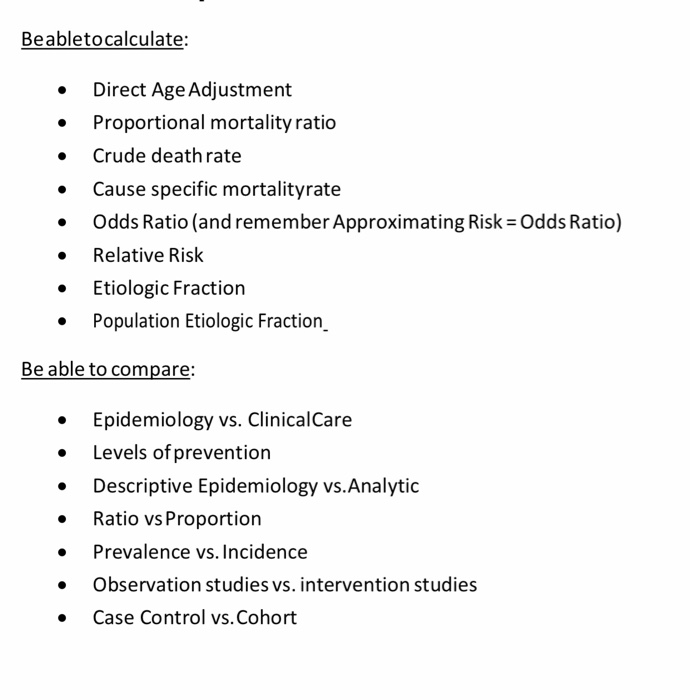



Beabletocalculate Direct Age Adjustment Chegg Com
The risk ratio (or relative risk) is the ratio of the risk of an event in the two groups, whereas the odds ratio is the ratio of the odds of an event (see Box 92a ) For both measures a value of 1 indicates that the estimated effects are the same for both interventions Neither the risk ratio nor the odds ratio can be calculated for a studyAbstract Odds ratios (OR) are commonly reported in the medical literature as the measure of association between exposure and outcome However, it is relative risk that people more intuitively understand as a measure of association Relative risk can be directly determined in a cohort study by calculating a risk ratio (RR)Odds ratio is similar to relative risk In the sheepskin trial the relative risk was 058 and the odds ratio was 054 For most clinical trials where the event rate is low, that is less than 10% of all participants have an event, the odds ratio and relative risk can be considered interchangeable




Converting An Odds Ratio To A Range Of Plausible Relative Risks For Better Communication Of Research Findings The Bmj
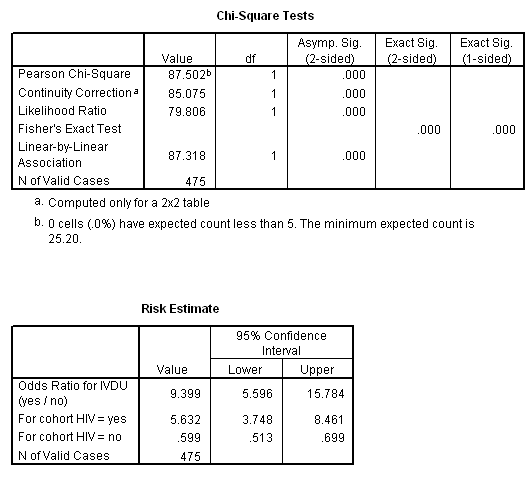



Marg Innovera
Relative risk, odds ratio, risk ratio, risk difference these are all measures of the direction and the strength of the association between two categorical variables Can I use any of these four measures?The risk ratio In practice, risks and odds for a single group are not nearly as interesting as a comparison of risks and odds between two groups For risk you can make these comparisons by dividing the risk for one group (usually the group exposed to the risk factor) by the risk for the second, nonexposed, group This gives us the risk ratio




Definition And Calculation Of Odds Ratio Relative Risk Stomp On Step1




Measures Of Effect Relative Risks Odds Ratios Risk




First Aid Epidemiology Biostatistics Flashcards Quizlet




Calculation Of Relative Risks Rr And Odd Ratios Or Download Table




Odds Ratios Versus Relative Risk



Can Tax Deadlines Cause Fatal Mistakes Chance
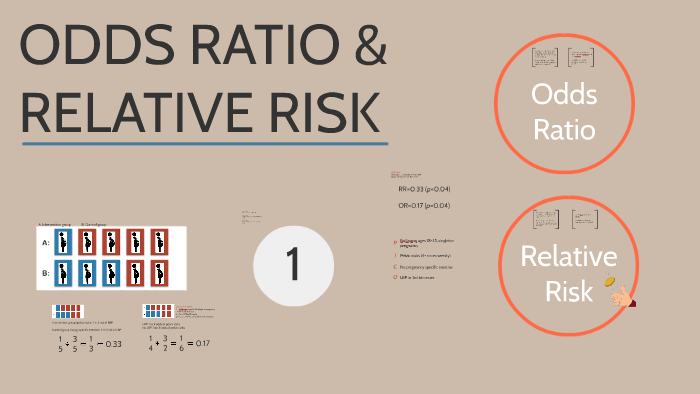



Odds Ratio Relative Risk By Susi Delaney




1 Relative Risks Odds Ratios Or Hazard Ratios Of Risk Factors For Download Table



Population Perspective Made Easy On Vimeo




How To Calculate Relative Risk And Odds Ratio Google Search Odds



2




Or2rr




Il Estimating Odds Ratios And Relative Risks An Chegg Com



Absolute Risk Vs Relative Risk Vs Odds Ratio Pp Made Easy On Vimeo



Risk Differences Odds Ratios And Relative Risks Plots With Proc Freq




Calculation Of Odds Ratios Or And Relative Risk Rr Derived From Download Scientific Diagram




Calculation Of Odds Ratios Or And Relative Risk Rr Derived From Download Scientific Diagram
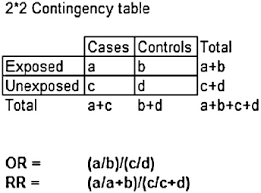



Odds Ratio Or And Relative Risk Rr My Best Writer
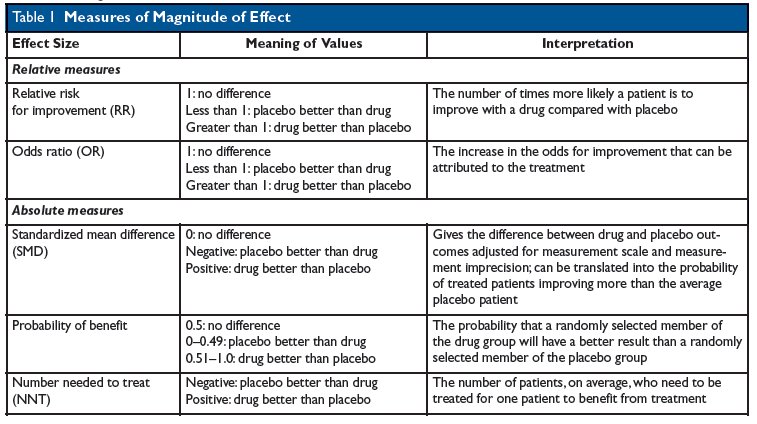



Kevin Whelan If You Re Struggling With Odds Ratios Relative Risks Standardised Mean Differences And Number Needed To Treat And The Associated Alphabet Soup Or Rr Smd Nnt Then This Paper
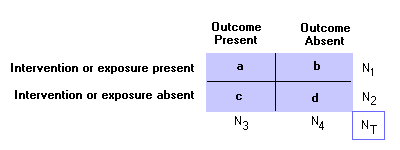



Epidemiology Glossary Physical Diagnosis Skills University Of Washington School Of Medicine




Lecture 5 Between Group Inferences Iii Analysis Of Frequencies Categorized Data Flashcards Quizlet



2




Reporting The Results Sage Research Methods




Hazard Ratio Vs Odds Ratio ただの悪魔の画像




Pdf Odds Ratio Or Relative Risk For Cross Sectional Data Semantic Scholar



What Is The Difference Between The Risk Ratio Rr And The Odds Ratio Or Quora




How To Be Awesome At Biostatistics And Literature Evaluation Part Ii Tl Dr Pharmacy




Math Formula To Reproduce A Plot Comparing Relative Risk To Odds Ratios Cross Validated
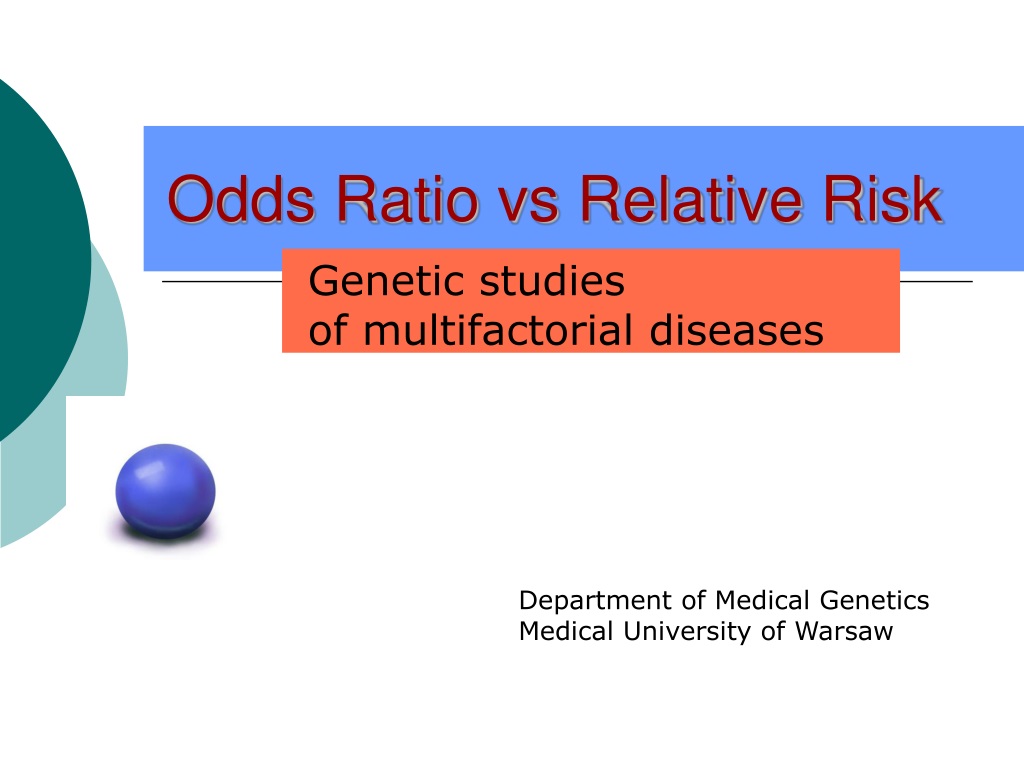



Ppt Odds Ratio Vs Relative Risk Powerpoint Presentation Free Download Id




Odds Ratio Vs Relative Risk What S The Difference Statology



1



Requesting Effect Measures
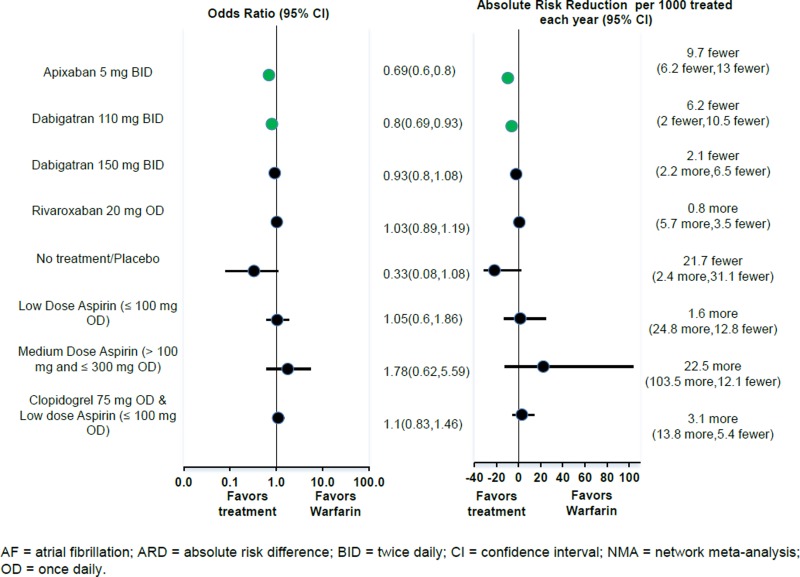



Figure 3 Odds Ratio And Absolute Risk Difference Of Major Bleeding For Antithrombotic Therapies Relative To Adjusted Dose Warfarin For Patients With Af Fixed Effects Nma Antithrombotic Agents For The Prevention Of Stroke




Risk Differences And Rate Differences




Relation Between The Odds Ratio Relative Risk And Baseline Risk




How To Calculate Odds Ratio And Relative Risk In Excel Statology
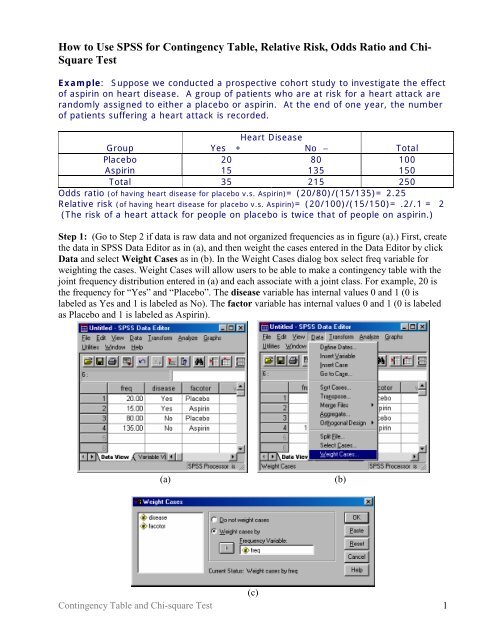



How To Use Spss For Contingency Table Relative Risk Odds Ratio




Definition And Calculation Of Odds Ratio Relative Risk Stomp On Step1 How To Memorize Things Math Notes Public Health Jobs
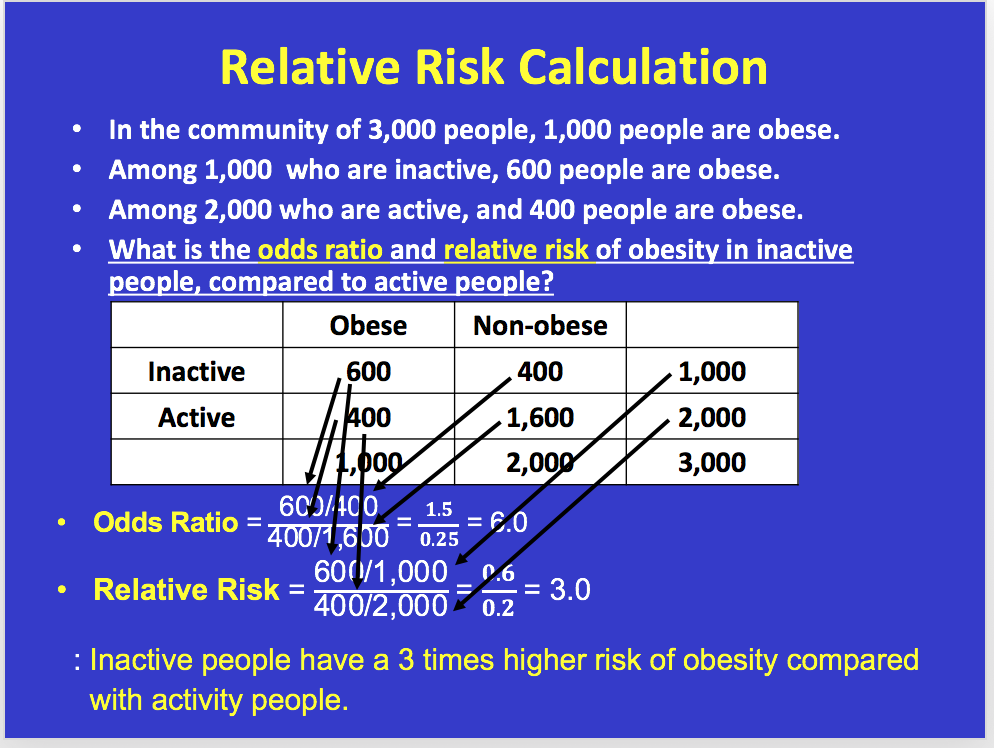



Solved Youll Need To Know Prevalence Rate Odds Ratio Chegg Com




Measures Of Effect Relative Risks Odds Ratios Risk Difference And Number Needed To Treat Kidney International




Pdf When To Use The Odds Ratio Or The Relative Risk Semantic Scholar




Relative Risk Odds Ratios Youtube




Understanding The Odds Ratio And The Relative Risk Simon 01 Journal Of Andrology Wiley Online Library



Definition And Calculation Of Odds Ratio Relative Risk Stomp On Step1



6 7 8 9 10 11 12 13 14 15 16 17 18 19 21 22 23 24 25 26 27 28 29 30 Review Incidence And Prevalence Are Formally Defined On Slide 7 Birth And Death Rates Are Also Estimates Of Absolute Risk Risk Factors Are Identified By Determining




Relative Risks And Odds Ratios What S The Difference Mdedge Family Medicine




What Does An Odds Ratio Or Relative Risk Mean




Relative Risk And Odds Ratio




Effect Sizes Basicmedical Key
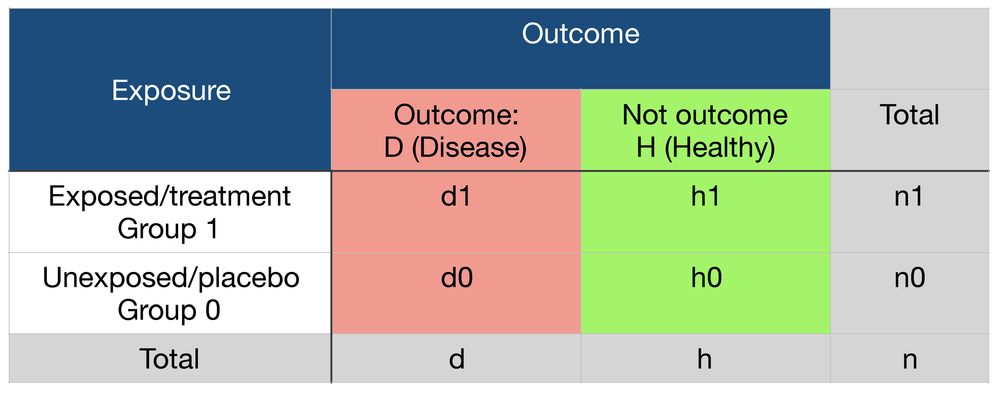



Probability Odds Ratio And Relative Risk Gpraj




Literature Search




Odds Ratios And Risk Ratios Youtube



Epidemiology Stepwards




How To Interpret And Use A Relative Risk And An Odds Ratio Youtube




Categorical Data Ziad Taib Biostatistics Astra Zeneca February



1



1
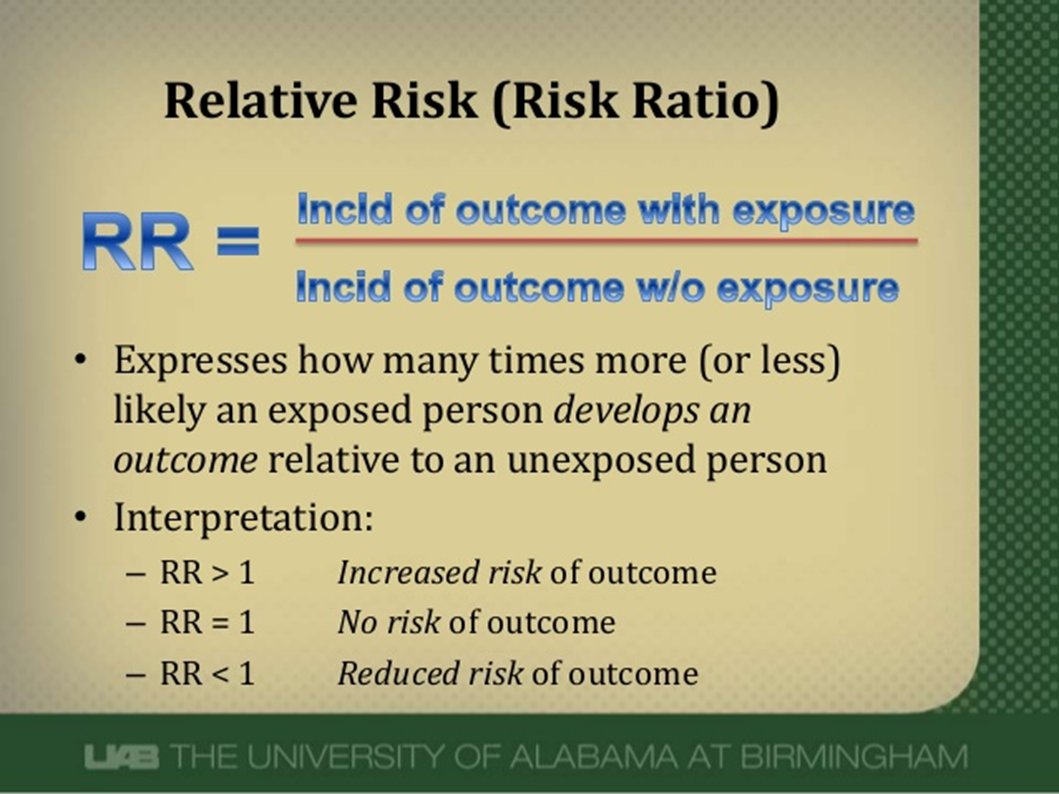



Abdullah Kharbosh What Does An Odds Ratio Or Relative Risk Mean By Ebmteacher Casecontrol Cohort T Co Shfiaepl57 عبر Slideshare
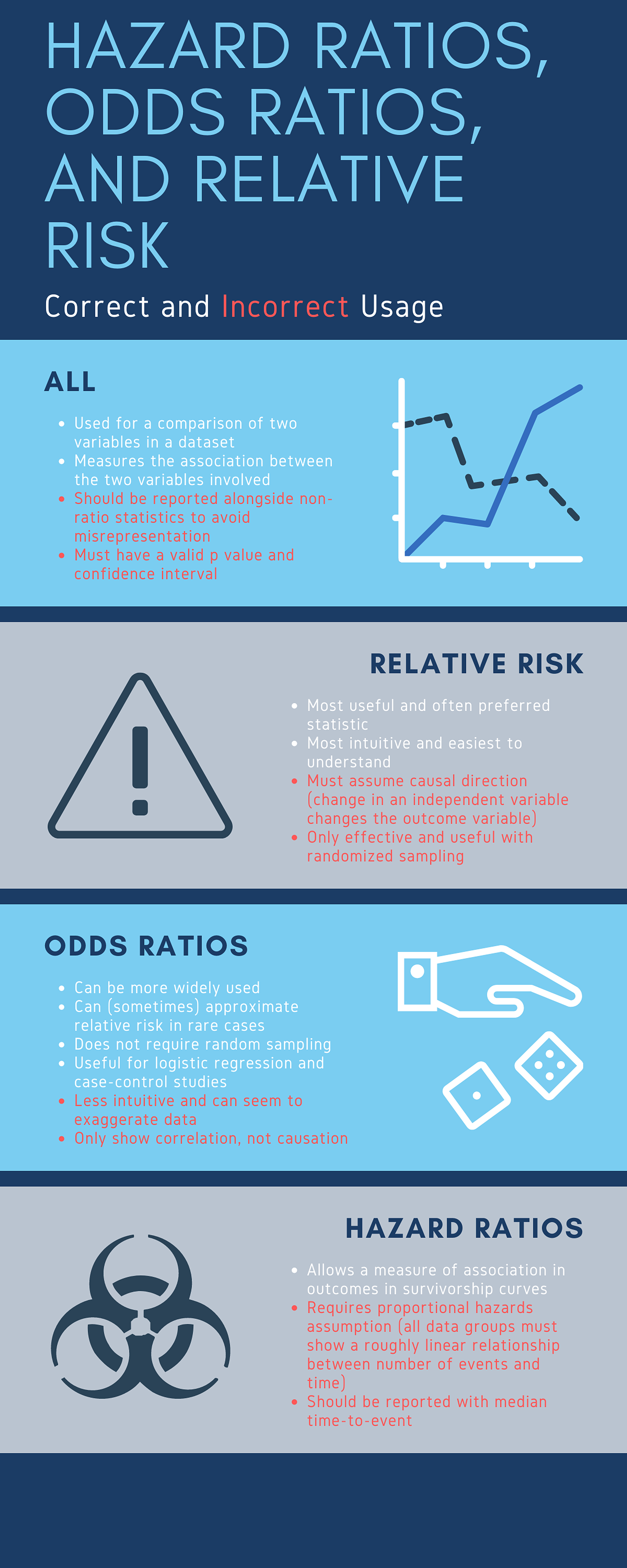



Cureus What S The Risk Differentiating Risk Ratios Odds Ratios And Hazard Ratios




Odds Ratios Vs Risk Ratios Stats By Slough




Statistics Part 13 Measuring Association Between Categorical Data Relative Risk Odds Ratio Attributable Risk Logistic Regression Data Lab Bangladesh




Glossary Of Research Terminology




Odds Ratio Hazard Ratio And Relative Ratio Hazard Ratio And Relative Risk 63 Table 5 Examples Of Rr And Or For Different Probabilities Dagger 1 Dagger 2 Rr Or 4 1 4 6 2 3 67 58 04 Pdf Document




Pdf What S The Risk Differentiating Risk Ratios Odds Ratios And Hazard Ratios Semantic Scholar



Relative Risk Vs Odds Ratio Authorstream



Number Needed To Treat




Relative Risk Wikipedia
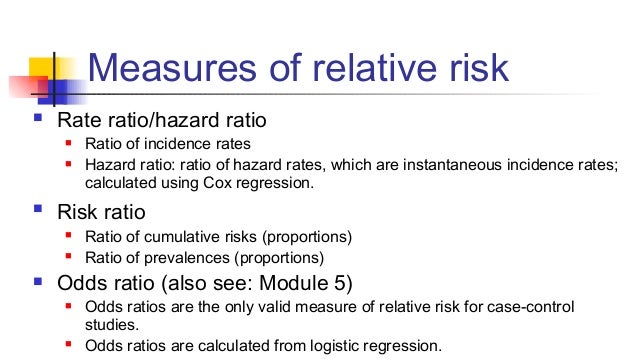



Odds Vs Risk Ratio ただの悪魔の画像




Odds Ratio Relative Risk Calculation Definition Probability Odds Youtube
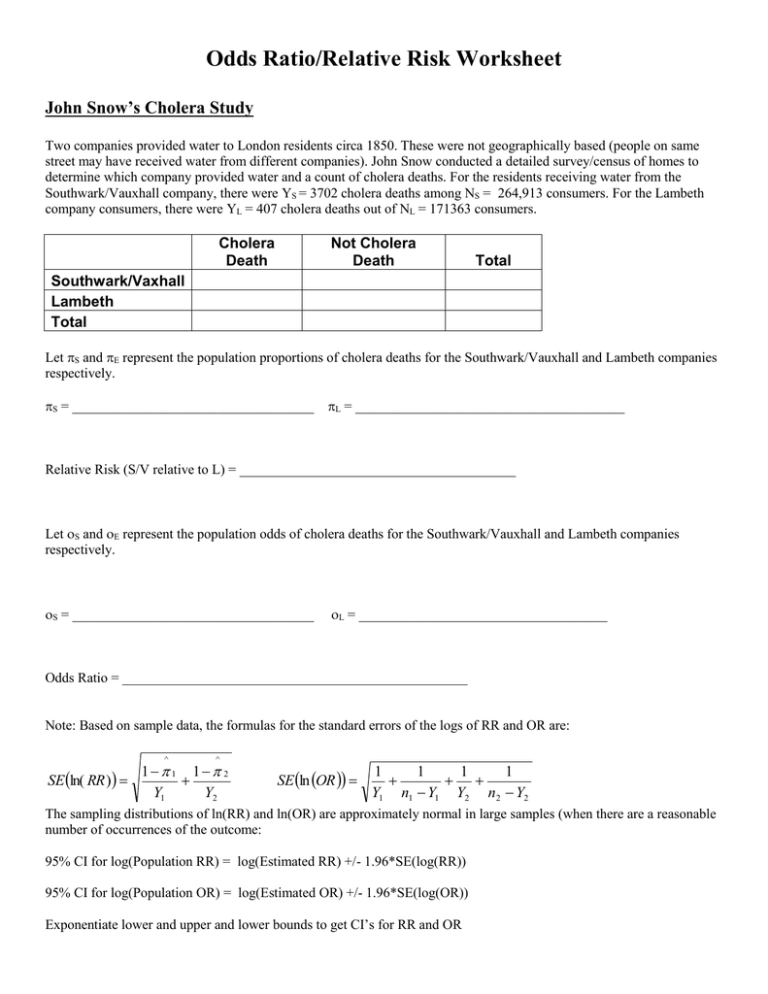



Odds Ratios And Relative Risks John Snow Cholera Data



Relative Risk Ratios And Odds Ratios
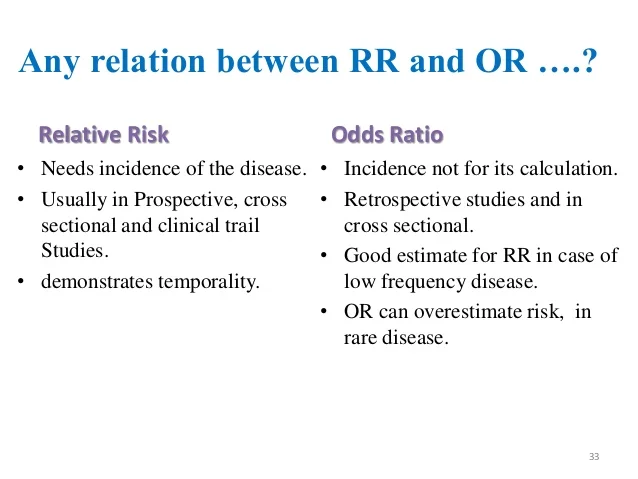



Measuring Of Risk



Relative Risk And Odds Ratios Categorical Data And Chi Square Tests Biostatistics For The Health Sciences




Calculate Relative Risk With 95 Confidence Intervals




A Beginner S Guide To Interpreting Odds Ratios Confidence Intervals And P Values Students 4 Best Evidence




Solved Present Example Of An Dolds Ratio Compared To A Chegg Com



0 件のコメント:
コメントを投稿